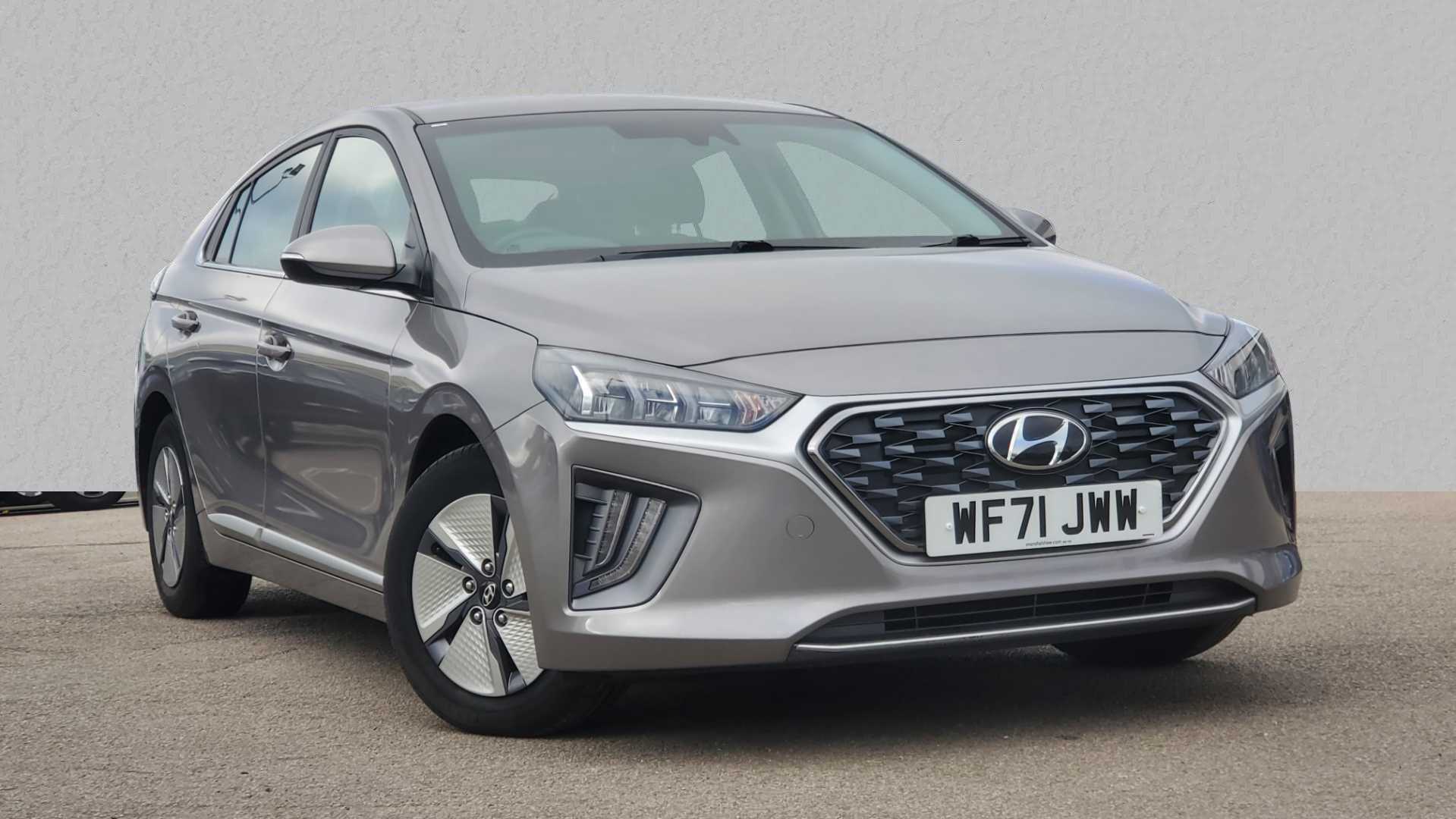Click for vehicles with £200-£700 cashback + free delivery
- Monday-Friday, 9am-5pm
- 020 3936 1257
- hey@heycar.co.uk
See what customers are saying
“Excellent”
Trustscore: 4.4/5
Copyright 2024 heycar - All rights reserved
Click for vehicles with £200-£700 cashback + free delivery

£15,230

£16,000
£15,475
£17,140
£19,270
£12,900
was
£15,220
£740 off£13,795
£16,999
£15,490
£15,995
£14,670
£12,795
£14,100
£15,590
£14,730
£14,475
£13,950
127-144 of 150 vehicles
It’s interesting looking back on the Hyundai Ioniq Electric, which was one of the brand’s first serious mainstream electric vehicles, but has now been superseded by the incredibly impressive Ioniq 5 and Ioniq 6, and the Kona Electric crossover.
Against these the Ioniq Electric both looks a little frumpy and old-hat, but without it you could say that Hyundai’s modern EVs wouldn’t be as competitive as they are. Even as an early attempt, the original Ioniq is an impressive effort, has a relatively usable range, and of course, on the used market, is hugely cheaper than the EVs that have come from the brand since.
The Ioniq’s contemporary competition included the Nissan Leaf, Volkswagen e-Golf, and the Kia e-Niro, plus the smaller Renault Zoe. While it’s less practical, the Zoe’s probably one of the best alternatives, with used examples being very affordable indeed, and the 52kWh cars going further on a charge than the Hyundai.
While buying used can make electric cars much more affordable, it usually comes with a big compromise for buyers: EV technology has developed so quickly over the last few years that an older one will typically have significantly less range and fewer features than the cars you can currently buy.
Luckily, the Hyundai Ioniq Electric is one used EV that still makes some sense, with relatively recent examples costing little more than you’d expect to pay for a diesel Volkswagen Golf or Ford Focus, but a range that should make it usable enough as a family’s second car or for city-bound commuters.
That range is, per the brochure, 174 miles for the 28kWh battery pack available from 2016 to 2019, and 193 miles for the 38.3kWh battery models from 2019 to 2022. You can bank on a quarter less than that in the real world, but only a handful of used EVs for similar money will go further, and the Ioniq has other qualities too.
It’s easy to drive and pretty comfortable too, though it can shudder a little over bigger bumps. The boot isn’t huge but it’s a decent shape and while the rear roofline slopes down, the rear seats are more than up to housing kids. 2019-on models don’t have any more space but Hyundai did give them a slightly more upmarket dashboard design with a larger infotainment screen.
And of course, like all EVs, the Ioniq Electric shouldn’t cost much to run, and it scores very well in reliability surveys. That may be enough to give it the nod over contemporary competition like the Nissan Leaf and Volkswagen e-Golf, though if you don’t need a Golf-sized car, we’d also suggest looking at the Renault Zoe - for Ioniq Electric money, you can find a 52kWh version that’ll go further on a charge.
A Hyundai Ioniq Electric not for you? We've got 1000s of used cars for sale to suit all budgets and needs
In our full Hyundai Ioniq review we note that all variants of the Ioniq, the Hybrid, Plug-in Hybrid and Electric, have their merits, but since we’re dealing with only the Electric here, the main suggestion would be to try and find a post-2019 model if it’s in budget, to benefit from the slightly larger battery pack and resulting larger range. The figures in the brochure don’t differ a great deal but since Hyundai quoted a “realistic” 130 miles for the smaller pack, the extra 20-odd miles of the 38.3kWh battery may make the Ioniq just a little more usable for some owners.
In terms of specification, both the Premium and Premium SE trim levels are quite generous with their equipment and the higher trim line is a classic case of being nice to have, rather than essential. The ventilated front seats of the Premium SE may just cut down on your air conditioning use in hot weather though, as an energy-saving tip…
Conveniently, despite a fairly hefty update in 2019, Hyundai kept the same Premium and Premium SE trim levels for the Ioniq Electric, and despite some changes to both the exterior styling and interior features, the actual equipment remained consistent too. We’ve pointed out where you can expect things to differ in later models, but the kit below should apply to all Ioniq Electrics from launch in 2016.
The Hyundai Ioniq Electric’s dimensions are:
The Hyundai Ioniq Electric’s boot size is:
Unlike its hybrid and plug-in hybrid counterparts, the Hyundai Ioniq Electric has the benefit that, as a fully electric vehicle, it does not currently attract Vehicle Excise Duty (VED, or ‘road tax’), which means it’s free to tax each year.
Insurance on the Hyundai Ioniq Electric shouldn’t set you back too much. Whichever battery size you opt for versions in Premium trim come in at group 16 (out of 50) for insurance, while that only steps up to group 17 for a Premium SE, again with either the pre- or post-2019 battery size.
Read our full Hyundai Ioniq review
What is the most popular colour for Hyundai IONIQ ?
What is the most popular gearbox for Hyundai IONIQ ?
What is the most popular fuel type for Hyundai IONIQ ?
What is the most popular engine for Hyundai IONIQ ?
What is the average mileage for Hyundai IONIQ ?
29467
How many Hyundai IONIQ cars are available for sale?
150